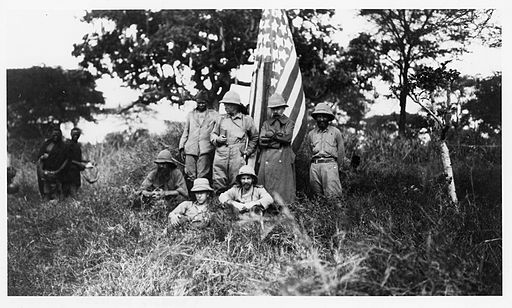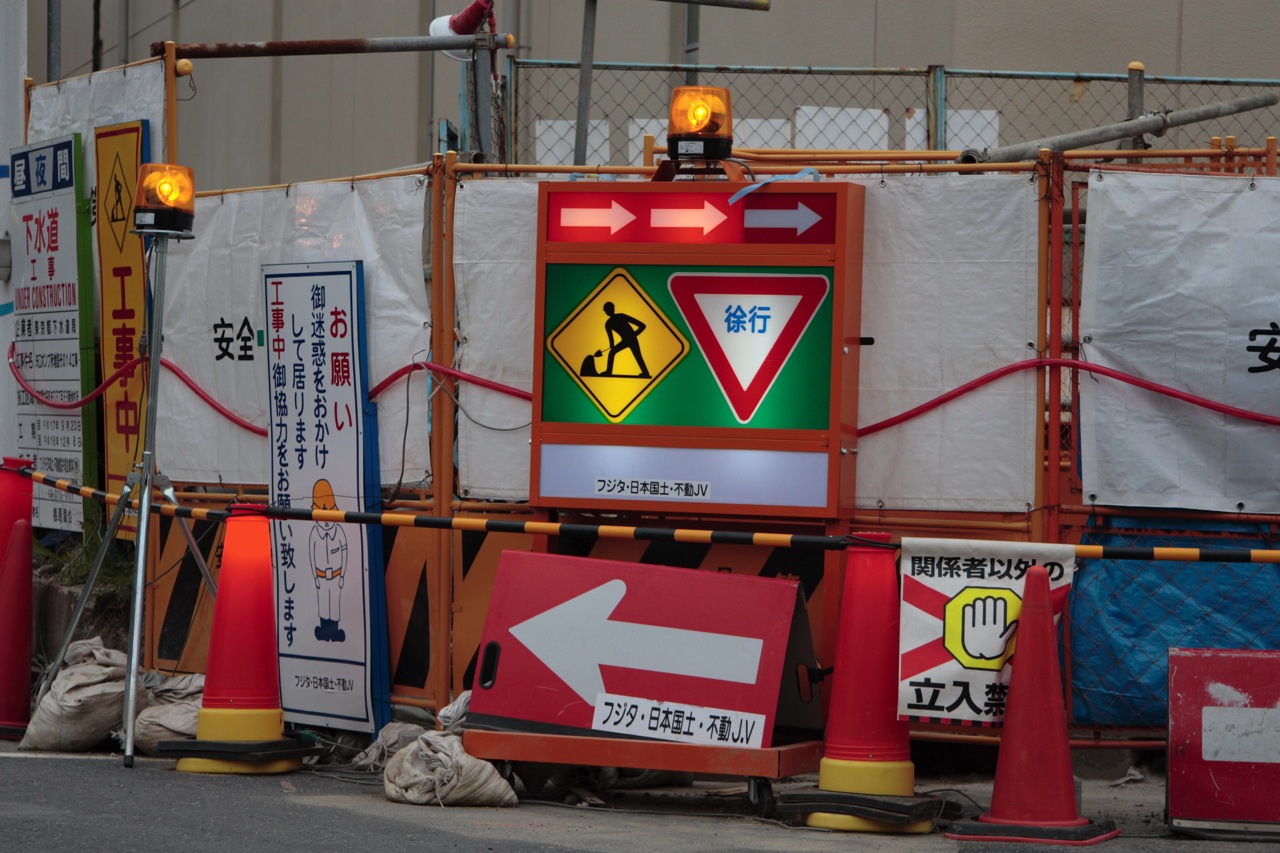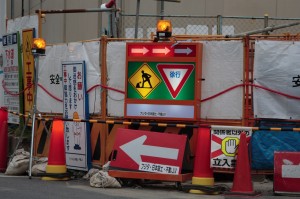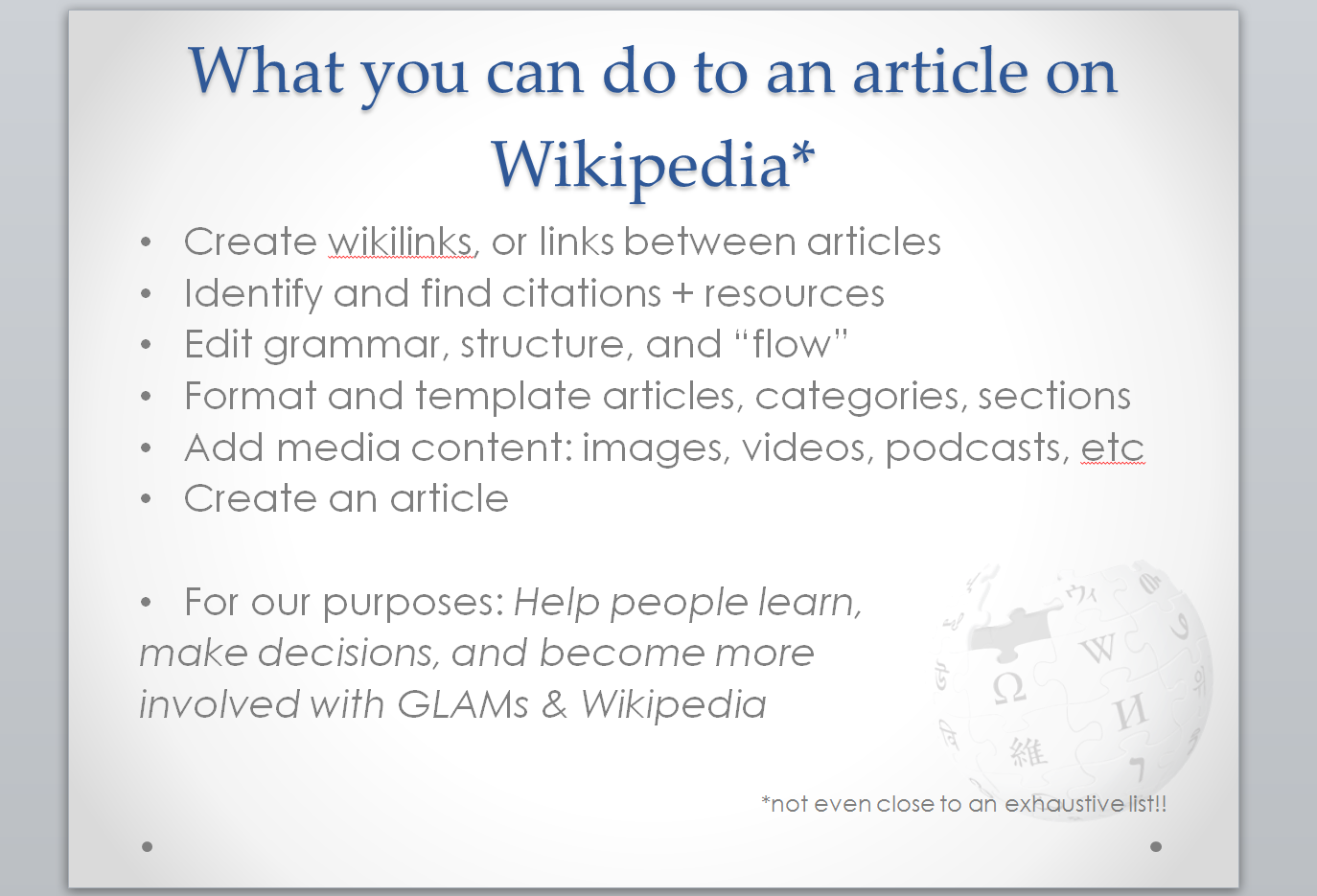Category: Collaboration
Historically Speaking: Transcription, Collaboration, & Crowdsourcing
Last week, Forbes’ contributor Nathan Raab wrote about transcription, collaboration, and crowdsourcing for his Historically Speaking blog. I’m quoted in the piece that focuses on the ways institutions like the Smithsonian and the National Archives are “using technology to engage the public in the discovery and preservation of its own history.”
Nathan interviewed me about my role in the development of narrative strategies and understanding engagement with the Smithsonian Digital Volunteers Transcription Center. In our discussion, I highlighted
- the potential for collaboration between institutions serving as stewards for history and culture,
- the ways in which we are actively making knowledge more easily accessible and available for (re)use, and
- the fantastic stories emerging around the collections, as well as the motivations transcription participants are sharing with us
Here’s my part of the discussion from the blog post:
“Technology is opening doors for people to learn and explore and create an understanding of the world around them.” said Dr. Meghan Ferriter, who consulted on the project at the Smithsonian. “There are a lot of people doing related and overlapping projects, but nobody’s connected all of the pieces yet.”
You can already see the ball rolling. Ferriter notes that many organizations have to start work from scratch, but the Smithsonian is working on changing that. She tells me, “In my role as Research Associate, I am in essence creating a series of recommendations that can be used here at the Smithsonian and elsewhere. This is… something of a strategic plan. We are aiming to share best practices around the world.”
Click through to the full article to learn more about the landscape of crowdsourced participation in transcription – that is, “Americans taking part in the discovery and preservation of American history.”
Summarizing Outcomes: Expeditions & Explorers Wikipedia Edit-a-thon

This post summarizes the outcomes and experience of the June 21 Expeditions & Explorers Wikipedia Edit-a-thon, co-hosted by Smithsonian Institution Archives (SIA) and National Museum of Natural History (NMNH) for Field Book Project materials.
We believe the event helped to advance freely available knowledge by harnessing the power of the GLAM-wiki relationship. As a reminder, GLAM stands for Galleries, Libraries, Archives, and Museums and the cultural heritage collections that they steward. The advancing elements of the Expeditions & Explorers event were:
- catalyzing diffusion of knowledge through article creation,
- interlinking of existing articles, subjects, and categories,
- sharing and highlighting the accessibility of GLAM resources, including finding aids and digitized texts and images
- uploading Smithsonian Institution collections images to Wikimedia Commons
These tasks serve to improve Wikimedia projects, Wikipedia, as well as GLAM-Wikipedia relationships in several ways.
First, it offered participants a dynamic experience for experienced and inexperienced editors and civilian and museum professionals to bring a variety of skills and knowledge bases to play in unlocking the power of the crowd.
Secondly, the event activities were focused on learning, playing, and working with cultural heritage and scientific materials. This included an exclusive special collections tour and curated discussion and exposure to electronically available resources which allowed participants to understand the diversity of and relationships between Smithsonian Institution collections.
Finally, participants shared their experiences with others through social media; highlighting the ways in which they were having fun, while working on and exploring Wikipedia and the new transcription center. This can only encourage other to participate in future events.
Event Goals
The event was a success in relation to all of the stated goals. Here are several examples of specific ways in which the five goals were achieved:
1. “To encourage inexperienced editors and show them how they can contribute to Wikipedia”
Event participants included five new, inexperienced editors. Our event focused on showing them how they can contribute to Wikipedia
- through an editing tutorial
- helping them establish a Wikipedia user account
- providing best practice tips
- encouraging open discussion of how, when, and why to perform certain tasks on Wikipedia – as with this slide from the best practice tips
2. “To improve a selection of Wikipedia articles related to scientists and expeditions”
- We identified five existing articles about scientists and expeditions and asked participants to improve these articles.
- We also identified four expeditions and scientists who were not represented on Wikipedia and asked participants to help make articles for them.
- This resulted in expansion of seven existing articles and creation of four new articles, as well as wikilinking between existing and new articles, for a more robust web of knowledge
Updated Articles:
- Theodore Roosevelt
- A. S. Hitchcock
- Mary Agnes Chase
- Edward Palmer (botanist)
- Edgar Alexander Mearns
- United States and Mexican Boundary Survey
- Edmund Heller
Newly created Articles
3. “To make Smithsonian-held materials more openly linked”
- Within our Expeditions & Explorers to-do list, we provided Smithsonian Institution resources and electronic records
- We linked at least 15 Smithsonian Institution materials within and to at least nine articles.
4. “To test a new transcribing tool to make our field books more findable and useful”
We invited participants to test the Smithsonian Digital Volunteers Transcription Center and also gathered feedback and discussed the tool with participants
5. “To increase awareness of the research resources freely available through libraries, archives, and museums”
- We believe we achieved this goal not only through the pre-event work in providing resources for articles and the during-event work of editing from specific GLAM resources,
- But also by tweeting about and sharing progress on our event goals during and after the event, with further reports to follow
See posts by my fellow edit-a-thon facilitators Carolyn Sheffield and Effie Kapsalis for perspectives and observations on the edit-a-thon; the Field Book Project blog and the SIA Bigger Picture blog, respectively. The next steps for my analysis include moving through the work to explore the collaborative production of knowledge occurring around these materials – then developing the next Wikipedia edit-a-thon event.
Remember, you can always participate in Wikipedia edit-a-thons remotely – many events are happening daily and “anyone can edit,” so please join in and help build knowledge where you can.
Featured image via Wikimedia Commons (public domain, held with SIA)
Free Thinking: Models of Knowledge Construction

Just a few quick notes — “free thinking” in the spirit of #showyourwork — and on the subject of the production and construction of knowledge*.
This spring/summer I’ve observed at least three separate types of digital spheres in which engagement and information exchange occur: Tumblr fandom, Wikipedia, and transcription models. I have approached these as “project-oriented” spaces because participants
- are operating independently but with the belief that others can see and share their work/product/material,
- have opportunities to see the work of others and integrate, respond to, or reject that work
- can use the technology to assert information as knowledge, evidence, or fact
- can communicate with [someone else] working on the project, though maybe not always directly with each other.
These spaces have also been home to certain kinds of collaborative or project-oriented communication. In other words, in these spaces people have shared information with or without conditions, been working together to achieve a goal, and/or have worked together to create an agreed-upon outcome (consensus). Finally, these are realms of knowledge production and/or construction.

In the past, I have referred to webs of knowledge and cultural webs in my writing – and often what I am discussing is how individuals come together to share information or existing “knowledge” about subjects. Yet, in these spaces, we can also see nuances of producing or constructing knowledge – two different models of knowledge at play in these spaces.
I have distinguished between these models as “authorized” versus “authenticated” knowledge. I’ve gotten feedback that these definitions sound IT or technologically centered. I briefly considered “control” versus “consensus” but that appears to me too critical of the former – and actually so does “authorized.” Therefore, I am resting my thoughts currently on the following pair:
“Offered” versus “Authored” knowledge
These models of knowledge are distinguished and related to spaces of participatory practices in a few ways.
First, “offered” knowledge is the suggested or preferred way of viewing the body of information – you could perhaps label it official, or curated, or dominant discourse. “Authored” knowledge is a version of information developed through a collaborative and information-sharing process. One way to think of this kind of knowledge is as augmenting or contextualizing “offered” knowledge.
Secondly, In participatory processes, “offered” knowledge can be combined with other knowledge repositories to create “authored” knowledge. “Authored” knowledge, therefore, references and/or builds upon existing “offered” knowledge. As a participant contributes to “authored” knowledge, he or she may reference the discrepancies between these two knowledge bases. He or she might also gain acceptance or earn status in the group by understanding and correctly using (and perpetuating) authored knowledge.
I will jump off here and continue to flesh out the relationship between “offered” and “authored” knowledge – and how it is implicated in sustaining or remaking relationships of power. If you’ve come across these models in other spaces, please share your observations in the comments. I’m curious to learn more about digital places that highlight models of knowledge and where “offered” knowledge is sustained or remade through participatory “authoring.”
*knowledge: “a (1) : the fact or condition of knowing something with familiarity gained through experience or association (2) : acquaintance with or understanding of a science, art, or technique” – merriam-webster.com, http://www.merriam-webster.com/dictionary/knowledge
Image via Flickr Commons – gullevek and Construction Work (2006)
Smithsonian Institution Transcription Center in Beta
We launched the Smithsonian Digital Volunteers Transcription Center Friday 21 June as a collaborative, crowdsourced process that aims to bring digitized collections out from archives and museums. We are inviting our SERIOUSLY AMAZING audiences to help us unlock their stories by transcribing and reviewing their contents – to make them more accessible, searchable, and open.
This is another outstanding opportunity to make webs of knowledge and learn about the connections between collections. Please jump in and help where you can!
**UPDATE** (14 October): The Transcription Center is fully back in business with new features to launch shortly – while many projects have been moved to completion, there are still plenty of pages to transcribe and review. Join the community of digital volunteers!
My role has involved advising on use for communities of practice, understanding crowdsourcing capabilities, and developing coherent narratives for the pieces – rather than technical development – but I welcome feedback on usability, design, and any other “would be nice.”
Feel free to transcribe and offer feedback if you have thoughts to share! The service is still in beta and we are constantly integrating what we learn from users. Thanks for allowing me to share this successful first step in our transcription process – more to follow…
Editors Unite: Expeditions & Explorers
On Friday, I was pleased to co-host Expeditions & Explorers – a Wikipedia edit-a-thon bringing new and experienced editors together with focus on materials from the Field Book Project.
Below are the slides I used to introduce a few of our participants to editing on Wikipedia. Rather than a pure “How-to,” the slides reflect “How to think, plan, and execute your edits.” I welcome feedback and suggestions – send me your best practice tips for editing on Wikipedia!
This Wikipedia edit-a-thon was a smashing success! We created four new articles, fleshed out existing articles, introduced new people to the Wikipedia project, exchanged a lot of best practice tips and resources. We also had an amazing lunch, courtesy of grant money from Wikimedia DC (thank you!). I hope the participants enjoyed themselves, developed skills, and learned more about the scientists and expeditions. A more detailed review of our work is in the works, so watch this space…
The Field Book Project is a joint Smithsonian Institution Archives and National Museum of Natural History initiative that is focused on preserving and digitizing field notes from scientists and researchers. The overall mission of the initiative is “to create one online location for scholars and others to visit when searching for field books and other field research materials.” Also find more information from Smithsonian Institution Archives.

